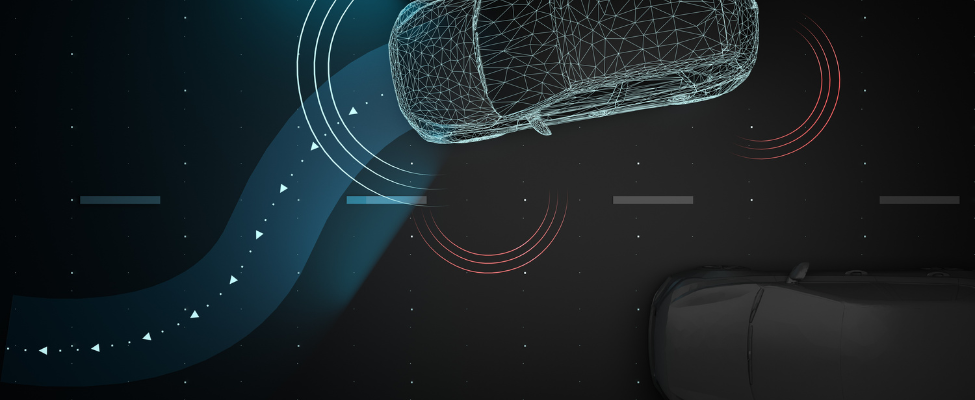
Autonomous driving technologies will become increasingly commonplace in the coming years. Partial automation with the likes of Tesla’s autopilot is already becoming widely recongised but when it comes to higher levels of autonomy, much of the required hardware while being available, still needs a tremendous amount of work not to mention legal and administrative tasks.
In order to make the leap to fully autonomous, cars need to be able to identify potential hazards, anticipate the actions of others and make decisions of their own. The key to this ability is artificial intelligence, with systems promising to take us into a brave new world of machines that think for themselves.
The common challenge facing autonomous vehicles is not so much capturing the world around them, but making sense of it.
For human adults being able to recognise the world around them is easier as we’re trained to recognise patterns from birth, however, for computers, this poses a significant challenge. The system has to recognise that, for example, a small two-seater convertible is fundamentally the same type of object as a seven-seat SUV. Likewise, pedestrians and roadside objects all come in a bewildering array of sizes and forms.
In order to decipher these complex situations, autonomous vehicle developers are turning to artificial neural networks. These computer systems are inspired by the vast clusters of neurons found in the brain, and they ‘learn’ in a very similar way. Eventually, the network can learn to spot the tell-tale features that identify a particular class of object.
Accurately identifying objects is a major step toward predicting behaviour, but autonomous cars also need to cope with the unexpected. For example, cars can learn to follow a different set of rules although, in order to make decisions, the car also needs to be able to cope with situations and behaviours that are outside of the normal rules.
In conclusion, machine learning is already employed for semantic segmentation in driver assistance systems, such as autonomous emergency braking. Allowing partially-automated cars to carry out tasks that would be virtually impossible with traditional computing techniques. Nevertheless, AI developers and programmers still need to help autonomous vehicles comprehend the abstract and unpredictable world of driving.